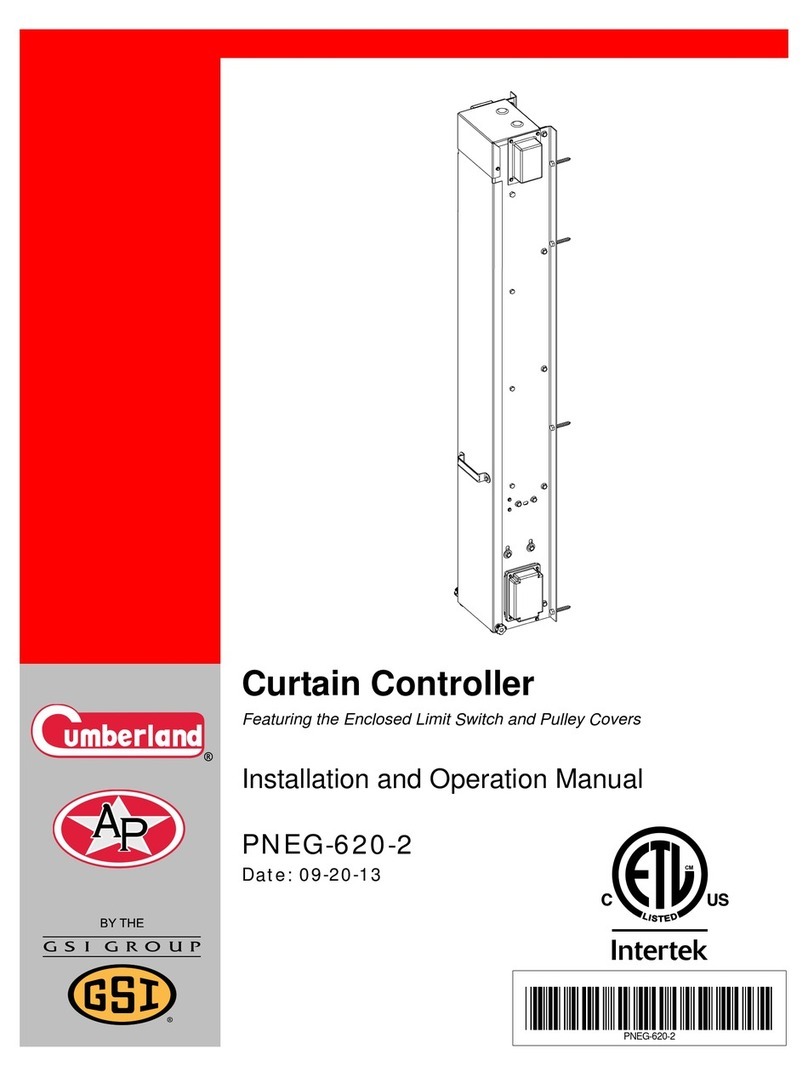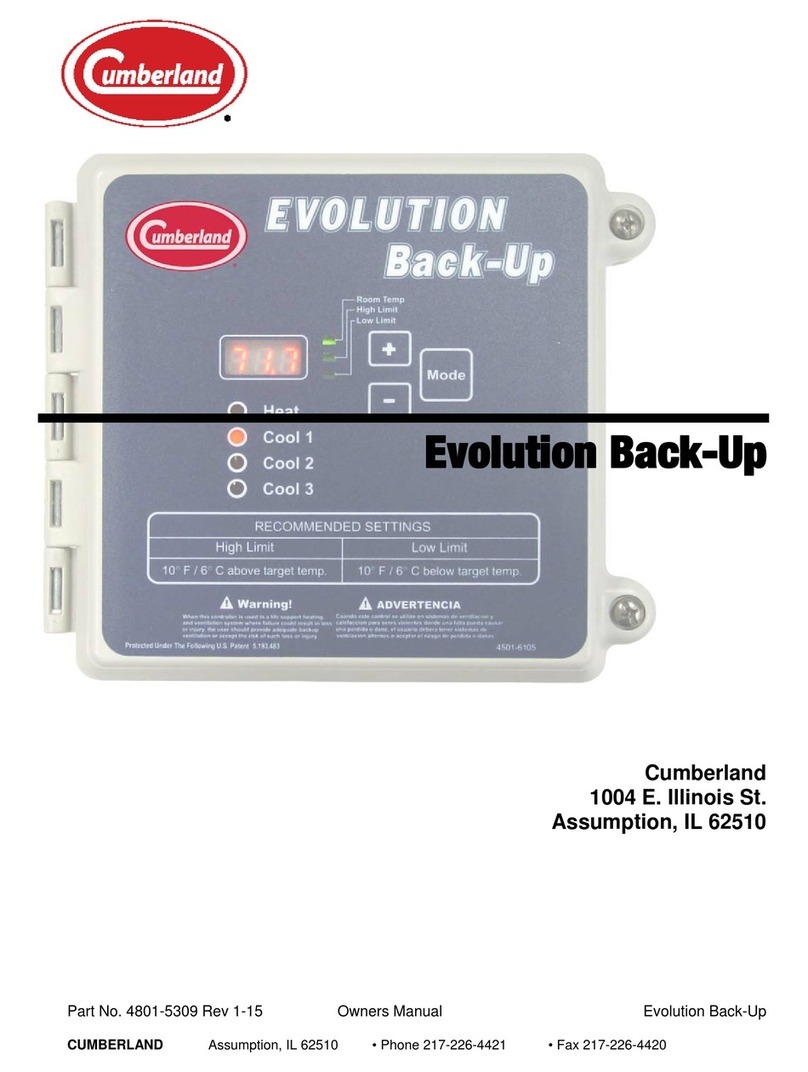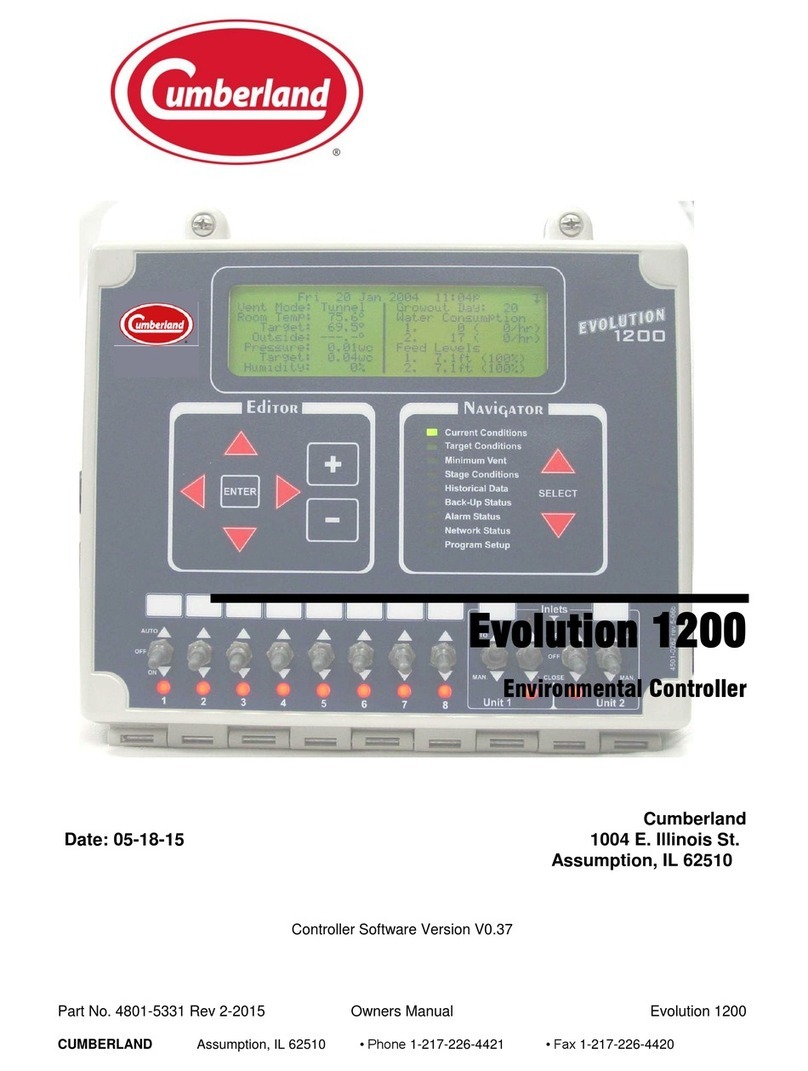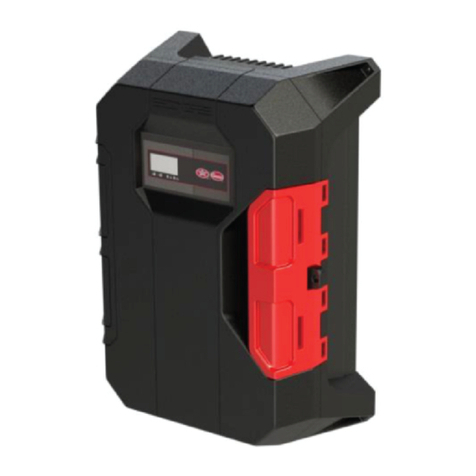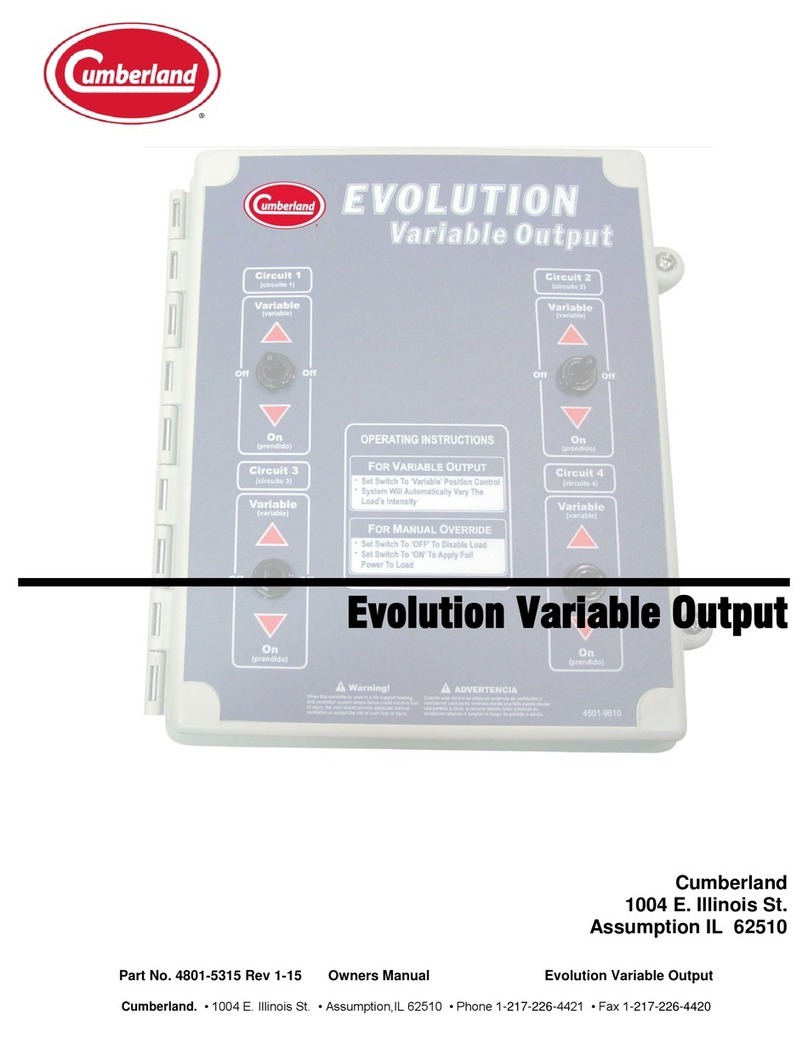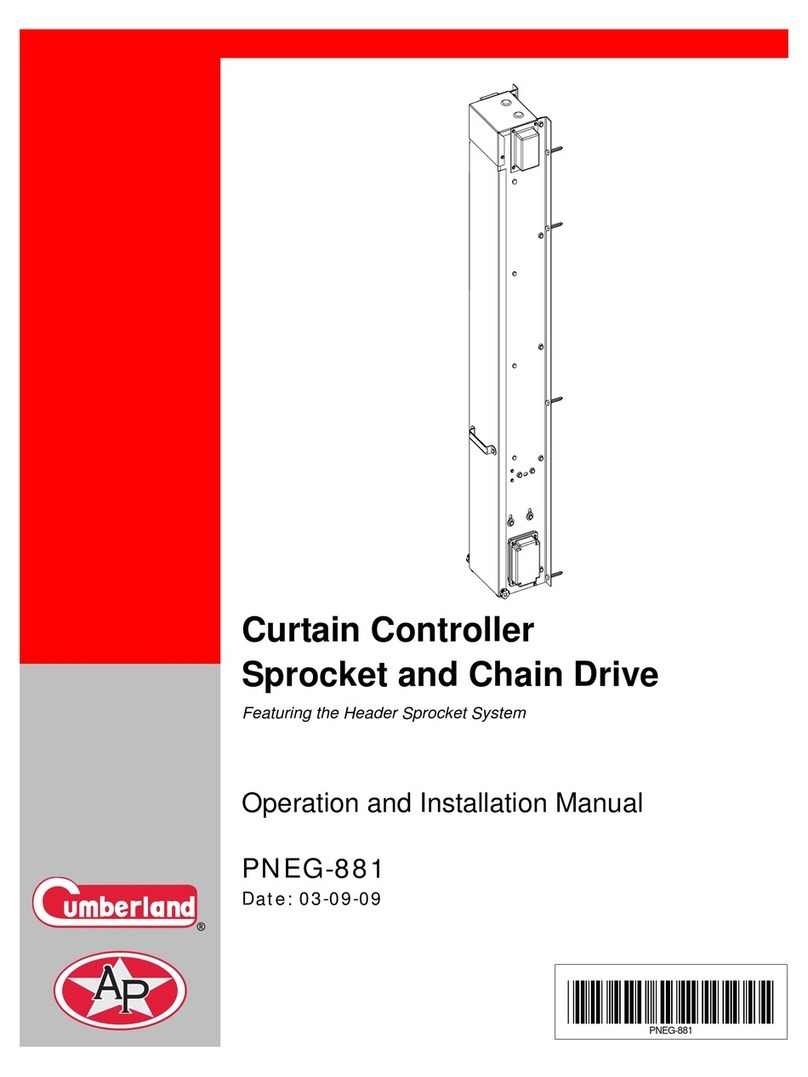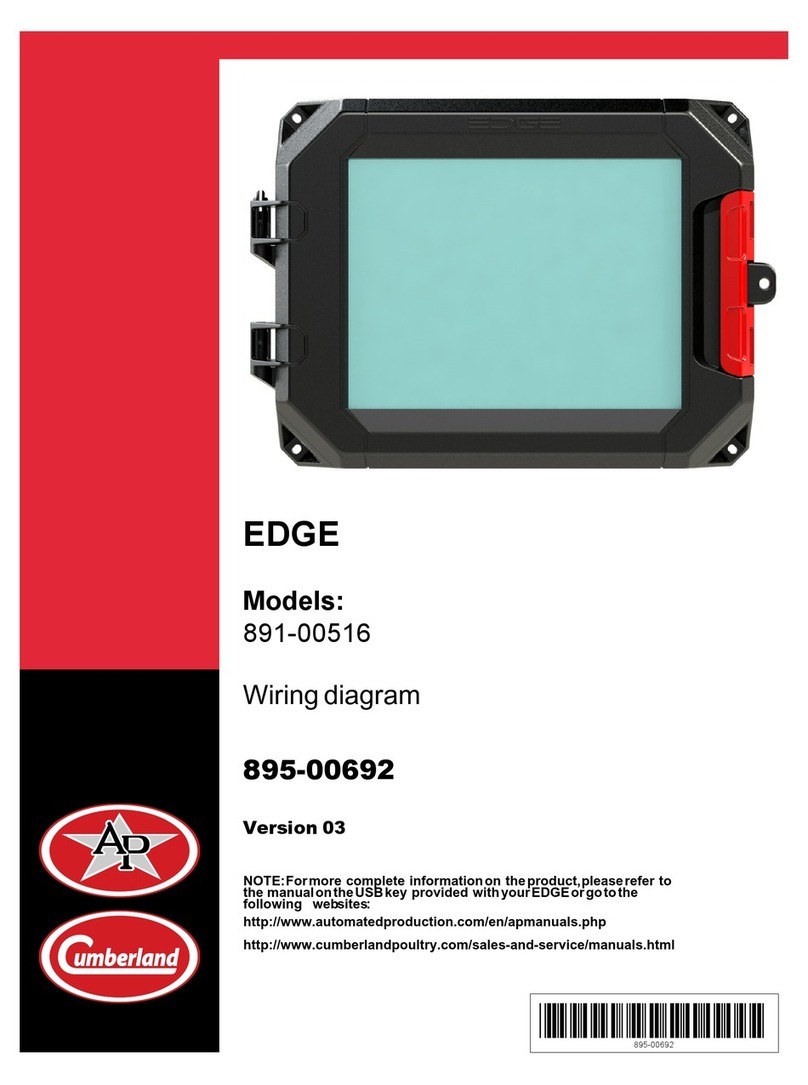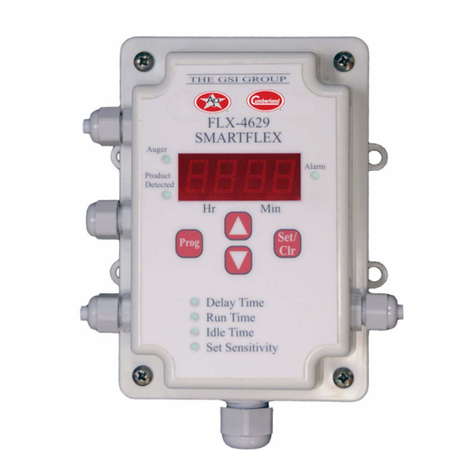
Part No. 4801-5307 Rev 2-15 Evolution 3000 and 3001 Table of Contents
Table of Contents
Section Title Page
1. Warranty........................................................................................................................................................4
2. Warnings........................................................................................................................................................5
3. Ratings and Specifications.............................................................................................................................5
4. Introduction....................................................................................................................................................6
5. Evolution Front Panel ....................................................................................................................................6
5.1 Navigator Panel.......................................................................................................................................8
5.2 Editor Panel ............................................................................................................................................8
5.3 Main Display Contrast ............................................................................................................................9
5.4 Inlet Stages..............................................................................................................................................9
5.5 Status Display .......................................................................................................................................10
5.6 Stage Switch..........................................................................................................................................10
5.7 Locks.....................................................................................................................................................10
6. Viewing Navigator Status Screens...............................................................................................................11
6.1 Current Conditions................................................................................................................................11
6.2 Target Conditions..................................................................................................................................12
6.2.1 Target Conditions - Standard Screen With Optimum Mode OFF.................................................12
6.2.2 Target Conditions –Optimum Screen With Optimum Mode ON.................................................13
6.3 Minimum Vent......................................................................................................................................14
6.4 Stage Conditions...................................................................................................................................15
6.4.1 Inlet Conditions.............................................................................................................................15
6.4.2 On/Off Stages................................................................................................................................16
6.4.3 Natural Ventilation Stages ............................................................................................................16
6.4.4 Variable Stages .............................................................................................................................17
6.5 Historical Data......................................................................................................................................17
6.5.1 Room Temperature .......................................................................................................................17
6.5.2 Humidity #1 (Room) & Humidity #2 (Cooler) .............................................................................18
6.5.3 Water Usage (#1 or #2).................................................................................................................18
6.5.4 Ventilation Mode ..........................................................................................................................18
6.5.5 Feed History..................................................................................................................................19
6.5.6 Belt Run Times .............................................................................................................................19
6.5.7 Stage Run Times...........................................................................................................................19
6.5.8 Power Track Run Times................................................................................................................19
6.5.9 Alarm Log.....................................................................................................................................20
6.5.10 Cooler Temp .................................................................................................................................20
6.6 Back-Up Status .....................................................................................................................................20
6.7 Alarm Status..........................................................................................................................................21
6.7.1 High Temperature Alarm Details..................................................................................................22
6.7.2 Low Temperature Alarm Details...................................................................................................23
6.7.3 Tunnel Vent Alarm Details ...........................................................................................................23
6.8 Network Status......................................................................................................................................24
6.9 Program Set-Up ....................................................................................................................................24
7. Setting Programming Functions...................................................................................................................25
7.1 General Settings....................................................................................................................................25
7.2 Temperature Sensors.............................................................................................................................25
7.3 Feed Level Sensors ...............................................................................................................................26
7.4 Ventilation Inlets...................................................................................................................................26
7.5 Natural Ventilation................................................................................................................................27
7.6 Growout Curve......................................................................................................................................28
7.6.1 Growout Curve With Optimum Mode OFF ..................................................................................28
7.6.2 Growout Curve With Optimum Mode ON....................................................................................30
7.7 Tunnel Ventilation ................................................................................................................................33
7.8 ON/OFF Stages.....................................................................................................................................34
7.8.1 On/Off Stage Details.....................................................................................................................35
7.9 Variable Stage Outputs .........................................................................................................................35

